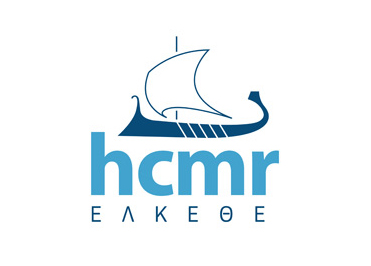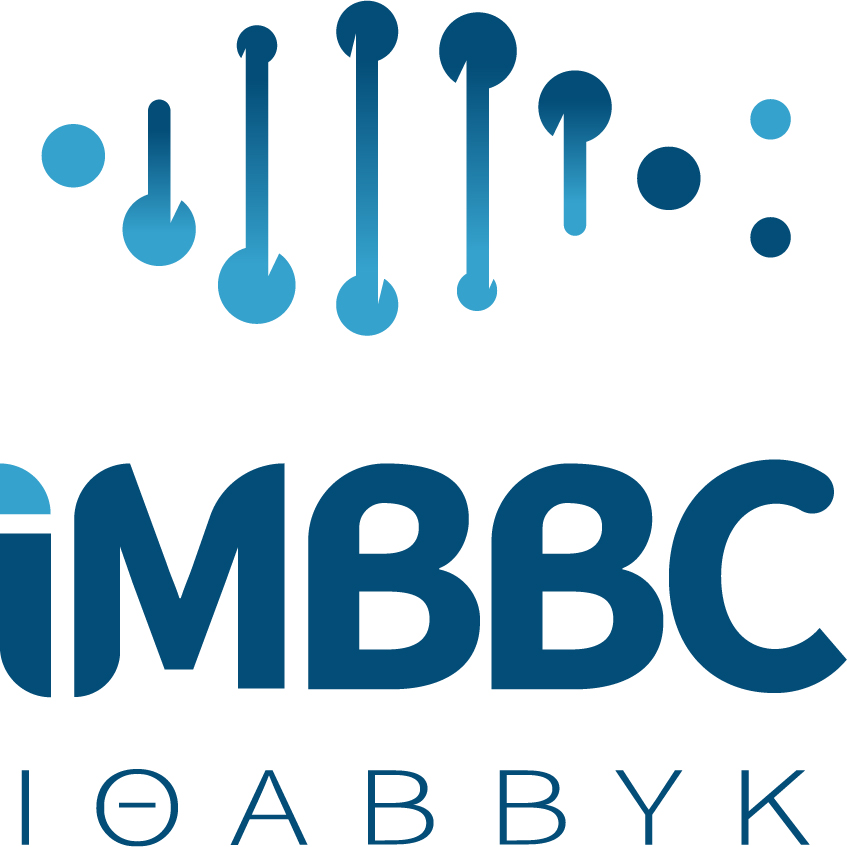About the Practical Course
The need for effective and informed analysis of biological data is increasing with the explosive growth of genomic data. A phylogenetic framework is central to many molecular evolutionary approaches used in these analyses. Additionally, explicit use of molecular evolutionary and phylogenetic analyses provides important insights in their own right, e.g., species divergence times, phylogenetic relationships, detecting selection, adaptive evolution, and rates of molecular evolution.
To this end, we aim to provide advanced trainees at the graduate and postgraduate levels with the theoretical knowledge and practical skills to carry out phylogenetic and molecular evolutionary analyses of sequence data. This EMBO Practical Course will entail alignment techniques, phylogeny estimation, hypothesis testing, detecting selection, divergence dating, and coalescent analysis. The course includes sessions on analysis of both protein and nucleotide sequences, including genomic data. However, we do not cover genome assembly and annotation.
Also, this EMBO Practical Course will offer a unique opportunity for direct interaction with some of the world-leading scientists and authors of widely used phylogenetic analysis tools (Maria Anisimova, Bastien Bousseau, Bruce Rannala, Alexandros Stamatakis, Benjamin Redelings, Ziheng Yang, Rachel Warnock, etc.).
Note that the last three courses in Crete were heavily over-subscribed. The expected participant acceptance rate is below 20%. Experience from previous years has led to preference being given to candidates who:
- are doctoral candidates in the early to middle stages of their thesis research
- already have some familiarity with phylogenetic methods and have already used some of the relevant tools
- have already collected or assembled a molecular sequence dataset to analyze in their work
- have experience working in a Unix/Linux command-line environment
The Practical Course is tailored to participants with strong backgrounds in the biological sciences, but we will also select a small fraction of participants with an emphasis in bioinformatics to promote collaborations between biologists and bioinformaticians. Applicants from labs with a strong focus on bioinformatics or computational molecular evolution methodology need to carefully outline their motivation for attending the course in this context, since they have ready access to expert supervision and are likely to be very skilled already in the topics we teach, or are in the course of becoming very skilled therein.
About EMBO Courses and Workshops
EMBO Courses and Workshops are selected for their excellent scientific quality and timelines, provision of good networking activities for all participants and speaker gender diversity (at least 40% of speakers must be from the underrepresented gender).
Organisers are encouraged to implement measures to make the meeting environmentally more sustainable.








